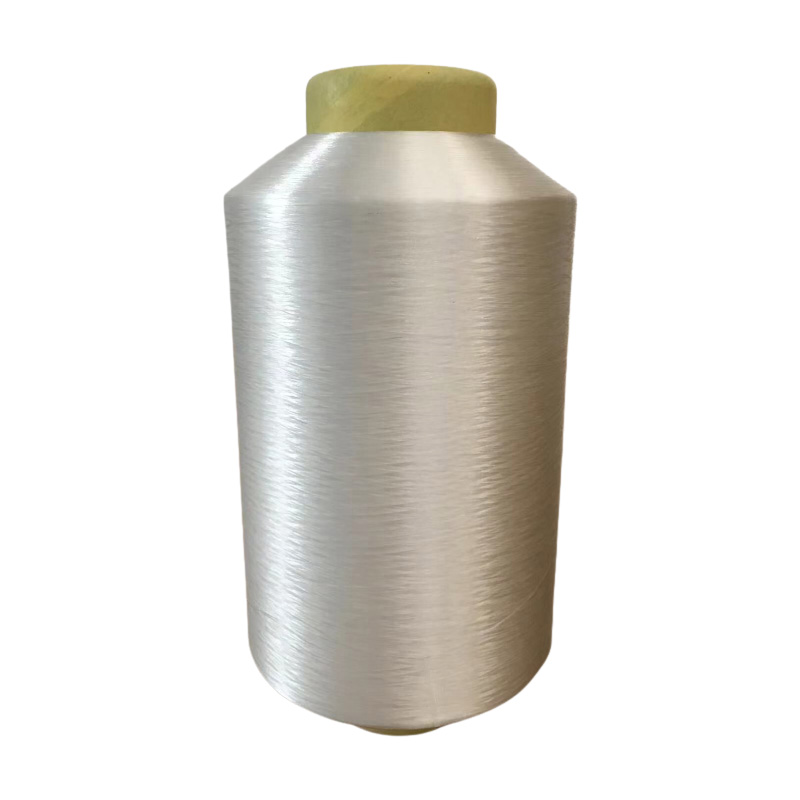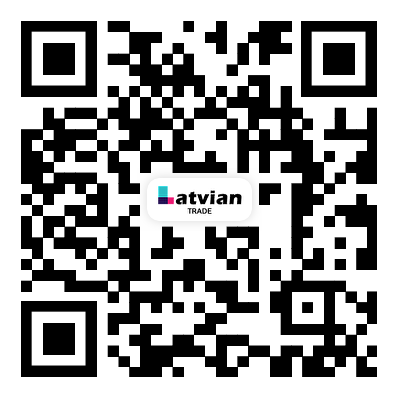What is hot melt yarn used for?
2024-01-08
Hot melt yarn, also known as hot melt adhesive yarn, is a specialized type of yarn infused with hot melt adhesive material. It is designed to bond fabrics or materials when subjected to heat, thereby eliminating the need for sewing or stitching in certain applications. The hot melt adhesive in the yarn becomes activated when exposed to heat, allowing it to adhere to other materials, creating a strong bond upon cooling.

Some common uses of hot melt yarn include:
1. Seamless Garments: Hot melt yarn is used in the production of seamless garments, such as seamless underwear, socks, sportswear, and activewear. It helps to create smooth and comfortable seams without the need for traditional sewing, reducing irritation and friction against the skin.
2. Automotive Textiles: In the automotive industry, hot melt yarn is utilized for automotive interiors, seat covers, headliners, and carpets. It helps in creating strong, durable, and aesthetically pleasing bonds without visible stitching, enhancing the overall appearance and longevity of the textiles.
3. Technical Textiles: Hot melt yarn is used in technical textiles for applications like filtration media, geotextiles, and industrial fabrics. It assists in creating strong bonds in these specialized textiles, improving their performance and durability.
4. Medical Textiles: Hot melt yarn finds applications in medical textiles for items like disposable medical gowns, masks, and drapes. It helps in creating sterile and secure seams without compromising the integrity of the fabrics.
5. Footwear: In the footwear industry, hot melt yarn is used for bonding various components of shoes, such as uppers, linings, and trims. It enables manufacturers to create sturdy and reliable bonds in footwear construction.
6. Home Textiles: Hot melt yarn can be employed in the production of home textiles like curtains, upholstery, and bedding to create durable and visually appealing seams without traditional stitching.
The use of hot melt yarn provides advantages such as enhanced durability, flexibility, and the ability to create seamless and aesthetically pleasing products. Its application is particularly beneficial in industries where strong and reliable bonding without visible stitching is desired.


